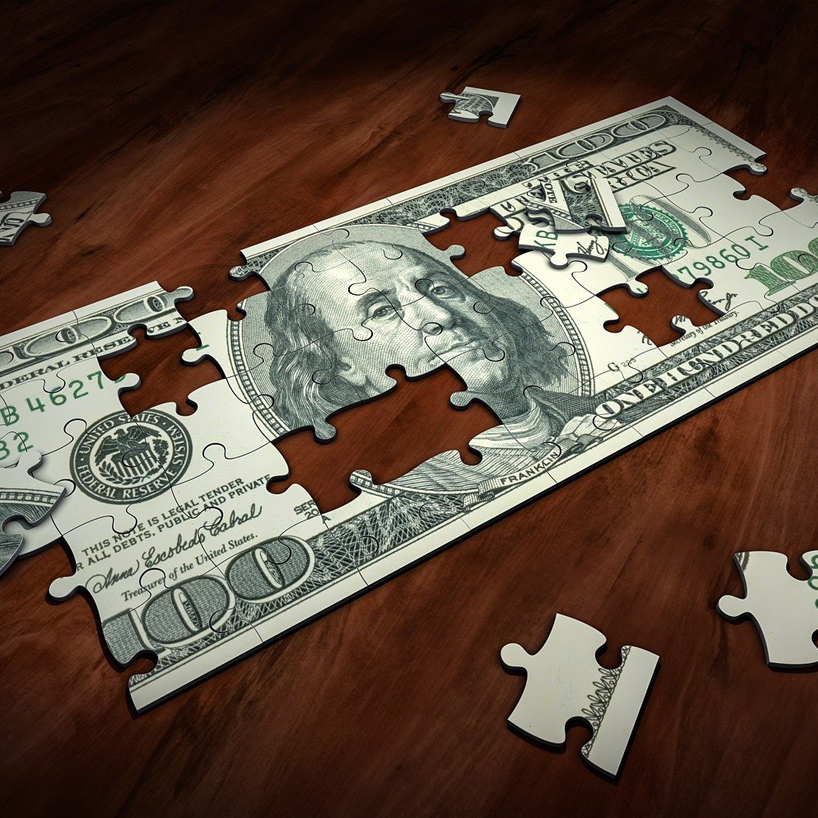Golden Rules for Trading
Admin
Feb 15, 2021
.png)
Being a good trader is actually not easy. People look at big profits in all kinds of marketing material and think they can do it too. They watch movies like Wall Street with Michael Douglas or Wolf of Wall Street with Leonardo DiCaprio and think they can achieve the same great heights.
Unfortunately, in trading, for every winner, there is always a loser. And the ones who win are the ones who are most disciplined and least emotional.
We here at MEX Digital, as part of the Multibank group, have been trading and investing for decades, and we want to ensure that you are successful! That’s why we have compiled this list of golden rules of trading that will benefit you immensely in your journey to become a success!
Stick to them, and we’re confident you won’t go wrong.
1. Choose your trading strategy up front.
There are a host of trading strategies to help you analyse the markets and determine where they will go. These are mostly defined in three categories:
● Calculation formulae (like Moving Averages and Volumes etc.)
● Resistance and support
● Patterns
While the most common of these is trading with “patterns” (like symmetrical triangles and ascending wedges etc.) most people trade with a combination of all three. The point is though: define your strategy up front. Before you enter a trade, if you have a strategy - you won’t get sucked into a trade that looks good but hasn’t been properly analysed and therefore goes against you.
2. Never risk more than a small amount of trading capital per trade (3-5%)
The whole point of being a successful trader is not losing. It’s not really about winning; it’s about not losing! If you have capital to trade with, you will always be successful. Without capital, you can’t be successful, so if you lose your capital, you’re in trouble. And one bad trade can do that. Which is why you need to protect that capital!
The best way to protect your capital is to only trade with a small percentage of your portfolio per trade. Don’t trade with all of your capital on one trade.
Good traders only trade with 3-5% of their capital per trade. So, if you deposit $1000 to trade, only trade with $30 - $50 per trade. You can leverage that to maximise your gains, but with a tight stop loss, you won’t eat into your whole capital. Leaving much to be left on the table for the next trade.
Small, more regular wins, are far more effective than one home run.
3. Price is king and doesn’t lie (IE. Technical analysis trumps fundamental analysis)
In our experience, technical analysis is usually more effective than fundamental analysis. Fundamentals look at the reason a stock or crypto price might go up or down, but often, that news is already baked into the market or worse, inside traders already traded that information and it’s too late to capitalise on the news.
Technical analysis is based on human psychology, and thus is very effective at adequately assuming where a price will go next. While not a 100% foolproof science, it gives you probability. And a trader only needs to win 51% of the time to make money, remember that.
If you have adequate probability of a price going a certain direction, you have more confidence to make a trade. Technical analysis provides you such probability. Don’t get too sucked into the news, rather keep an eye on the charts.
4. Always set realistic, strategic stop losses and take profits
The problem with many traders is that they stay in a trade too long. When a trade has gone against them, they will stay in it hoping it will turn, or conversely - if it shoots the lights out, they will keep holding with dollar signs in their eyes looking at how rich they “could be”. Both are dangerous.
Always set a realistic target on stop losses and take profits before entering a trade. And if those targets hit, walk away from the trade. Accept your loss or winnings and move on.
5. Do not get emotional!
This follows on from the previous point. Human emotion is why Technical Analysis works. Don’t be like everyone else, be different. And the best way to do that, is ironically not be human.
Take your emotions out of the equation. Apply your rules and stick to them. Emotions will tell you to jump in when a price is going nuts. Emotions will tell you to give it all up when you’ve made a loss. Emotions can wreck you.
Greed and fear are incredibly powerful psychological powers. Don’t succumb to fomo, and don’t be overcome by fear.
Apply your trading strategy and formulae up front, before entering a trade, and if a stop loss or take profit hits; walk away like a robot! Don’t look back!
6. Remember, a bird hand is worth two in the bush
As mentioned in point 2, your trading capital is the most important thing here. Having capital on the table is better than being in a trade that looks good but turns horribly against you and wrecks you.
This means that if a predetermined stoploss hits, you walk away, knowing you still have money in the bank. And conversely, if a take-profit hits, you can walk away with profit confident that you have more than what you started with. Don’t look at the price continuing to go up, just walk away and be happy with your winnings. Your strategy worked; rest assured in that. There will always be another trade.
In some cases, one bird in hand is worth ten in the bush!
7. When all of these criteria are met, you will have conviction that it is right to take the trade
If you apply all of these criteria to your trading strategy, you will have confidence. Having confidence can be so important when trading, and these strategies will give you such confidence. You can rest assured that you are doing the right thing, and you will eventually come out in profit if you stick to it.
8. Failing to employ these rules will make you justify doing the wrong thing
If you don’t stick to a predetermined strategy, you will make decisions randomly. These decisions are usually governed by emotions, and eventually you will find yourself in big trouble.
The biggest trouble is justifying making a bad trade. You don’t want to find yourself justifying why you “fomo’d” into a trade, or why you invested with too much of your capital, etc. Justifying poor decisions will set you up for repeating the mistake. Instead, outline your strategy, and acknowledge when you didn’t stick to it. Humbly admit you were wrong and do your best not to do it again.
9. This is a game of psychology, whoever has the strongest unemotional mind WINS
As mentioned, trading is all about the psychological factors of fear and greed. Human emotions are sensationally powerful, and they dictate so much of what happens in the market. If you can be mentally strong, and not blink when the market is going crazy, you will win.
The best way to be mentally strong is to have a predetermined strategy. That way you will know what you’re doing before you do it.
These are only nine pointers among hundreds that could be shared here to help you become the best and most mentally fit trader in the business. These nine are arguably most important and essential to remember, and we’re confident that if you stick to them, you will be successful.
Who knows what comes as you build on that success? Full time trading? Maybe. But to get there will require mental strength, tenacity, and most of all: discipline.




